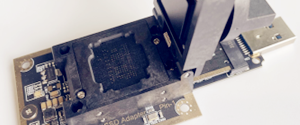Low-level formatting
The following information helps to understand better about the Low-level formatting.
Low-level formatting is the process of outlining the positions of the tracks and sectors on the hard disk, and writing the control structures that define where the tracks and sectors are. This is often called a “true” formatting operation, because it really creates the physical format that defines where the data is stored on the disk. The first time that a low-level format (“LLF”) is performed on a hard disk, the disk’s platters start out empty. That’s the last time the platters will be empty for the life of the drive. If an LLF is done on a disk with data on it already, the data is permanently erased (save heroic data recovery measures which are sometimes possible).
If you’ve explored other areas of this material describing hard disks, you have learned that modern hard disks are much more precisely designed and built, and much more complicated than older disks. Older disks had the same number of sectors per track, and did not use dedicated controllers. It was necessary for the external controller to do the low-level format, and quite easy to describe the geometry of the drive to the controller so it could do the LLF. Newer disks use many complex internal structures, including zoned bit recording to put more sectors on the outer tracks than the inner ones, and embedded servo data to control the head actuator. They also transparently map out bad sectors. Due to this complexity, all modern hard disks are low-level formatted at the factory for the life of the drive. There’s no way for the PC to do an LLF on a modern IDE/ATA or SCSI hard disk, and there’s no reason to try to do so.
Older drives needed to be re-low-level-formatted occasionally because of the thermal expansion problems associated with using stepper motor actuators. Over time, the tracks on the platters would move relative to where the heads expected them to be, and errors would result. These could be corrected by doing a low-level format, rewriting the tracks in the new positions that the stepper motor moved the heads to. This is totally unnecessary with modern voice-coil-actuated hard disks.
Note: You should never attempt to do a low-level format on an IDE/ATA or SCSI hard disk. Do not try to use BIOS-based low-level formatting tools on these newer drives. It’s unlikely that you will damage anything if you try to do this (since the drive controller is programmed to ignore any such LLF attempts), but at best you will be wasting your time. A modern disk can usually be restored to “like-new” condition by using a zero-fill utility.
Data recovery Salon welcomes your comments and share with us your ideas, suggestions and experience. Data recovery salon is dedicated in sharing the most useful data recovery information with our users and only if you are good at data recovery or related knowledge, please kindly drop us an email and we will publish your article here. We need to make data recovery Salon to be the most professional and free data recovery E-book online.
World’s Top Data Recovery Hardware Tools
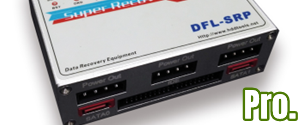
Easy to use at good price
Recover SATA, IDE, External HDDs, NVME SSDs, etc Order Now here
POTABLE DEVICE & NVME SSD RECOVERY TOOL
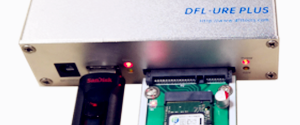
Recover USB Device and NVME SSDs at high speed! Read Details here.
DFL-PCIE DATA RECOVERY RECHARGE
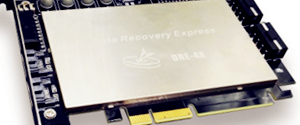
Best data recovery hardware tool to start a data recovery business, read details here
RECOVER SCRATCHED HDDS

Recover lost data from scratched hard drives, read details here.
SURFACE PRO. RECOVERY
BEST HEAD REPLACEMENT TOOLS
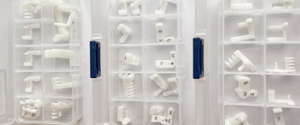
The most cost-effective head replacement tools for Seagate, WD, Samsung, Hitachi, Toshiba, Fujitsu

